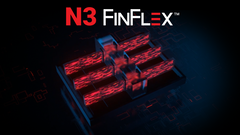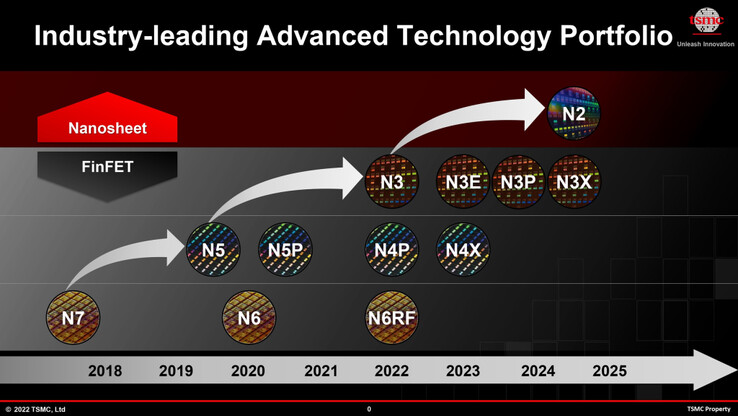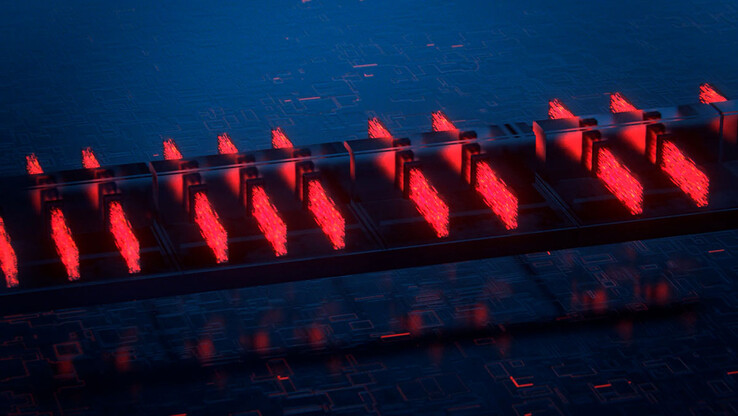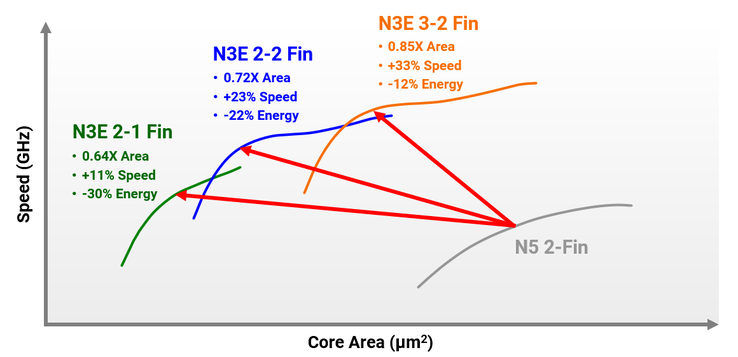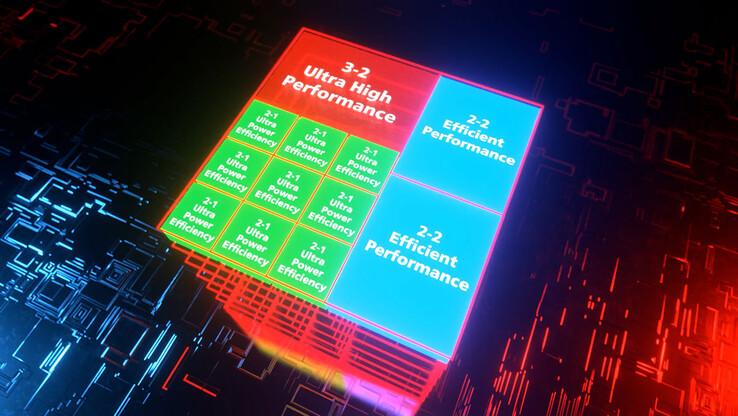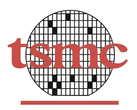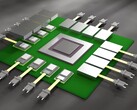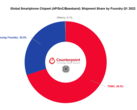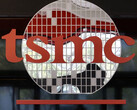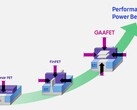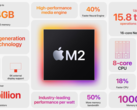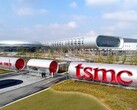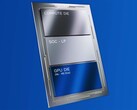TSMC claims it is still poised to put its 3nm acme of chipset architecture for consumer-grade devices into mass production by 2022, even though it is now nearly the second half of the year and it has yet to actually do so. Then again, the possibility of its starting very soon has gotten another boost thanks to an advance preview of its N2 sucessor.
N2 is now projected to pick up where N3 and its iterative upgrades N3E, N3P and N3X leave off, which may not be until 2025. Therefore, the highest-end chipsets that issue from TSMC could be 3nm until then. The company has also now overtly confirmed that all of them will be based on FINFLEX transistors.
They, as the name suggests, is a form of FinFET, whereas Samsung is now touted to move on to GAAFETs instead for its competing 3nm offerings. However, TSMC asserts that this difference will enable it to produce a more diverse array of cutting-edge chip types.
The manufacturer is apparently capable of producing wafers with multiple fin configurations: 3-2, 2-2 and 2-1, which offer varying densities and, thus, a different balance of performance to power use: for example, N3E 3-2 is already rated for 33% speed gains over N5 2-2 while using 12% less energy, whereas the same figures for 2-1 are +11% and -30% respectively.
This, as TSMC intimates, increases the potential for greater accessibilty to 3nm for more use-cases sooner after its eventual launch - or, alternatively, upgraded cores with either improved performance or increased power-efficiency on the same new top-end processors, which could be more flexible and dynamic as a result.
Furthermore, there could also be more cores thanks to the reduced footprint afforded by N3. On the other hand, TSMC has now just turned around and confirmed that N2 will be made using a "nanosheet" process technique, and is, thus, more than likely to switch to GAAFET.
The resulting 2nm chips are touted as capable of being 10 to 15% faster than N3 at the same power, or conserve 25 to 30% more power at the same speed. Moreover, TSMC is also planning "a high-performance variant" of N2 on top of that.




